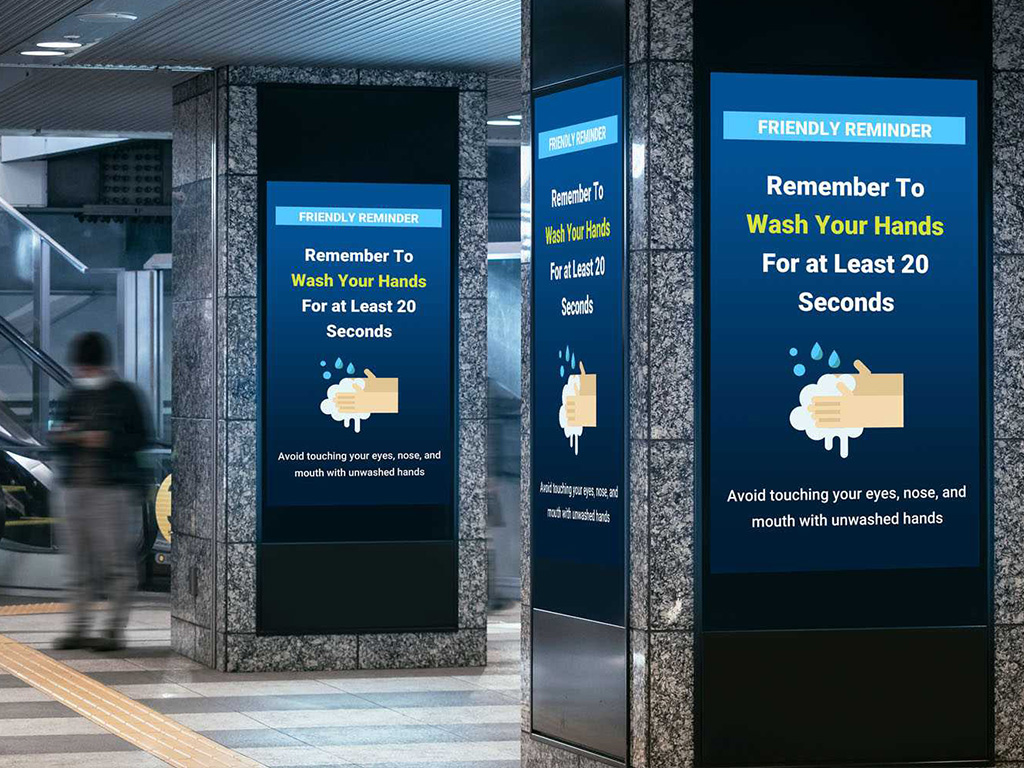
Education is at crossroads all over the world. Teachers are struggling to connect with students using old and outdated technology. Students grew up in a smart, connected world. They have access anywhere and anytime to knowledge and digital services. Yet schools and teachers are still trying to engage them with a chalkboard.
Static chalkboards and paper-based lessons don’t connect with students in the digital age. Teachers forced to rely on chalk to reach students are doomed to fail. Forcing lessons into lectures or on chalkboards in the classroom will lead students to tune out before the class starts.
Interactive smart boards invite students to engage with the lessons. Teachers aren’t limited in what they can present to students. Movies, PowerPoint presentations, and graphics can be used in addition to standard text-based lessons. In this article, we’ll take a look at smart board technology in the classroom and how teachers can better engage with students.
The Definition of Interactive Smart Boards
An interactive smart board, also known as an electronic whiteboard, is a classroom tool that allows images from a computer screen to be displayed onto a classroom board using a digital projector. The teacher or a student can “interact” with the images directly on the screen using a tool or even a finger.
With the computer connected to the internet or a local network, teachers can access information around the world. They can do a quick search and find a lesson they used previously. Suddenly, a wealth of resources is at the teacher’s fingertips.
For teachers and students, the interactive white board is a powerful benefit to the classroom. It opens up the students to collaboration and closer interaction to the lessons. Multimedia content can be shared and used in lectures, keeping students engaged.
Interactive White Boards in the Classroom
According to a recent article from Yale University, interactive lessons presented on a smart board or white board increased student engagement. The technology encourages active learning in students. Students asked more questions and took more notes, enabling more effective group activities like brainstorming and problem-solving.
More and more teachers are using smart board technology in the classroom. Here are five ways teachers are engaging with students using this technology:
1. Presenting Additional Content on the Whiteboard
The whiteboard shouldn’t replace teaching or lecture time in the classroom. Instead, it should enhance the lesson and provide opportunities for students to better engage with the information. The teacher has to prepare additional materials that can be used with the smart technology before class starts – such as short videos, infographics, or problems the students can work on using the whiteboard.
2. Highlight Important Information from the Lesson
Smart technology can be used to highlight essential information as you work through a lesson. Before the lesson begins, you can outline the sections to be covered in class. As each section begins, you can break down the key topics, definitions, and critical data for students on the whiteboard. This can also include graphics and videos in addition to text. This will help students not only with note taking, but also to review future topics you will be covering.
3. Engage Students in Group Problem Solving
Center the class on problem solving. Present the class with a problem, then pass over the interactive whiteboard to the students to let them solve it. With the smart board technology as the center of the lesson, students can better collaborate in the classroom. The digital technology unlocks the internet as they work, allowing students to connect the lesson to technology they use every day.
4. Answer Student Questions
Engage the students using the interactive whiteboard and questions from the class. Look up additional information or data using the smart technology. Write the question on the whiteboard and then work through the answer with the students. Let them see how you answer the question or pull in additional or data. When you are finished, you can save the results of the question and send it to the student in an email for later reference.
Smartboard Technology in the Classroom
For schools struggling to connect students to classroom lessons, or keep students engaged, smart technology like interactive whiteboards is an ideal solution. An interactive whiteboard in the classroom provides students with the technology they know and understand. It enhances collaboration and invites interaction with the lesson. Afterwards, students can see how the technology they use connects to the lessons they learn in school.



